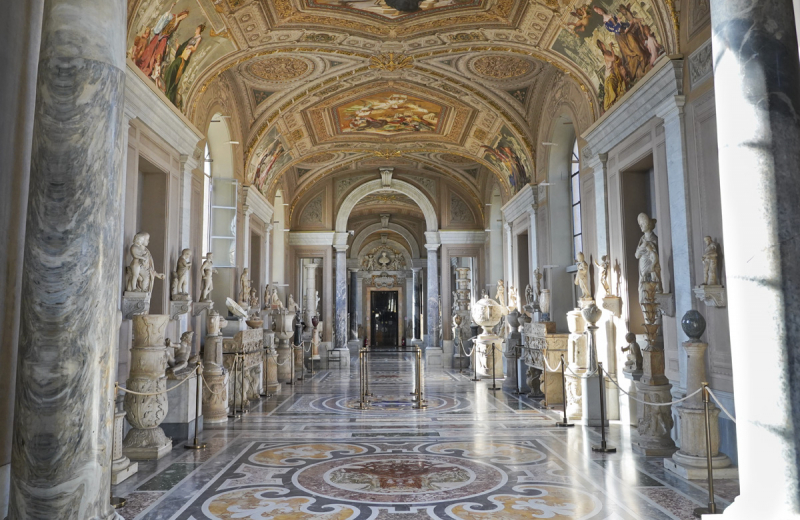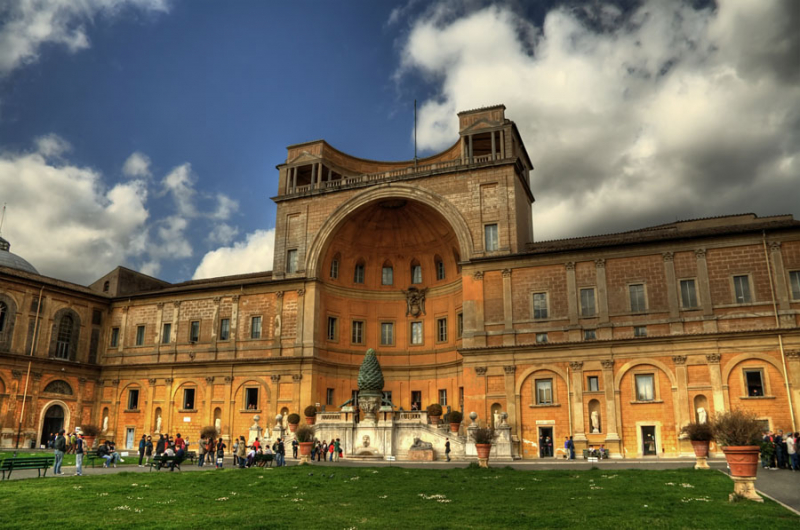Vatican Museums

The public museums of the Vatican City are known as the Vatican Museums. They exhibit items from the vast collection that the Catholic Church and the pope collected over the years, which includes some of the most famous Roman sculptures and the most significant works of Renaissance art in the whole world. The museums have 640 employees who work in 40 distinct administrative, academic, and restoration departments, and they house some 70,000 pieces, of which 20,000 are on show. Early in the 16th century, Pope Julius II established the museums. On the visiting path through the Vatican Museums are the Sistine Chapel, which has Michelangelo's ceiling and altar wall, and the Stanze di Raffaello.
Due to the COVID-19 epidemic, only 1,300,000 people visited the Vatican Institutions in 2020, an 81 percent decrease from the number of visitors in 2019, but still enough to place the Vatican Museums fourth among the most popular art museums in the world. There are a total of 24 galleries, or rooms, with the Sistine Chapel being, notably, the last chamber seen within the Museum. The Vatican Museums, which were established in 1506, are among the oldest museums in the world and feature notable exhibit pieces from the vast collection that the Papacy and the Roman Catholic Church have gathered.
Detailed information:
- Founded: 1506
- Vatican Museums: Vatican City
- Vatican Museums Annual Visitors: 6.88 million













